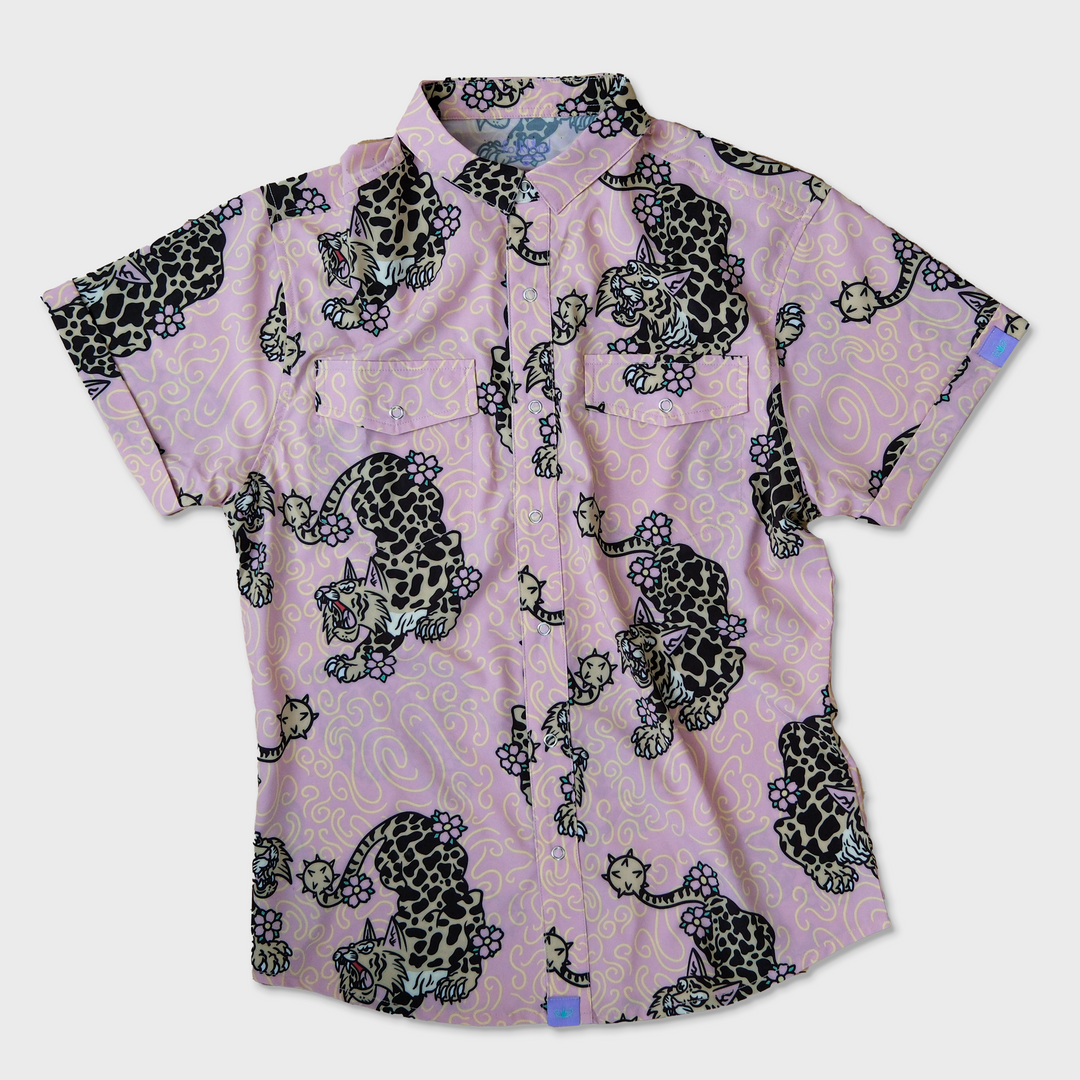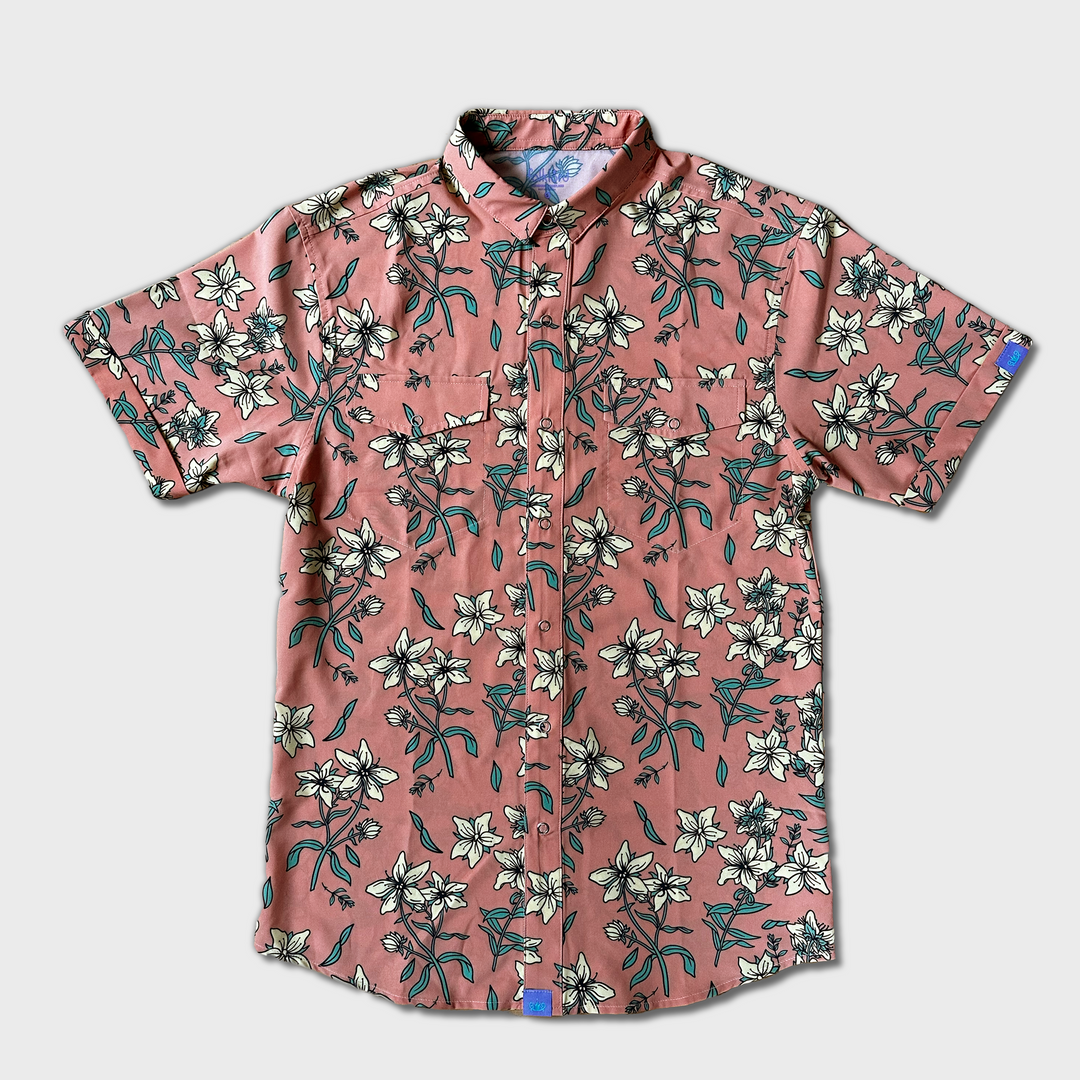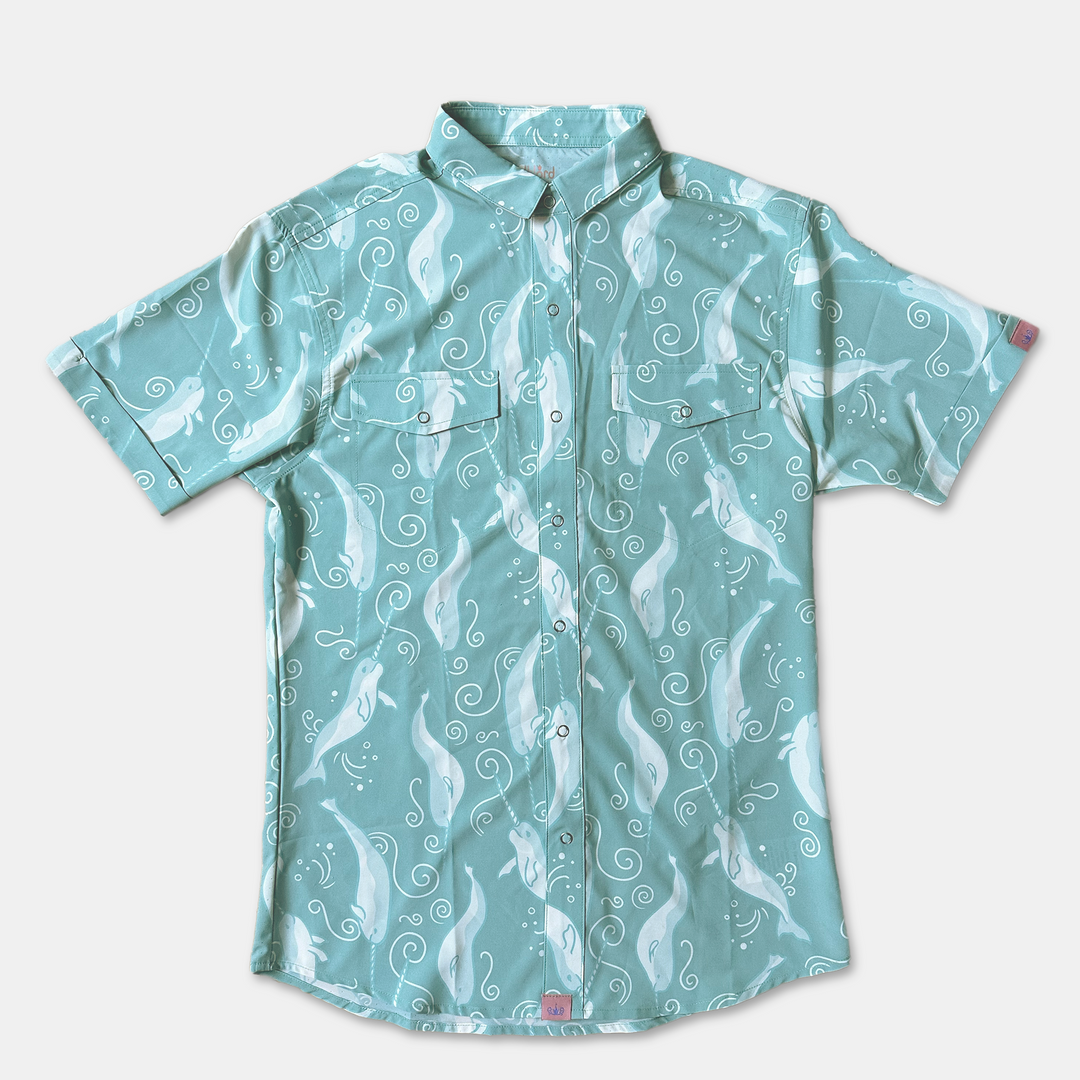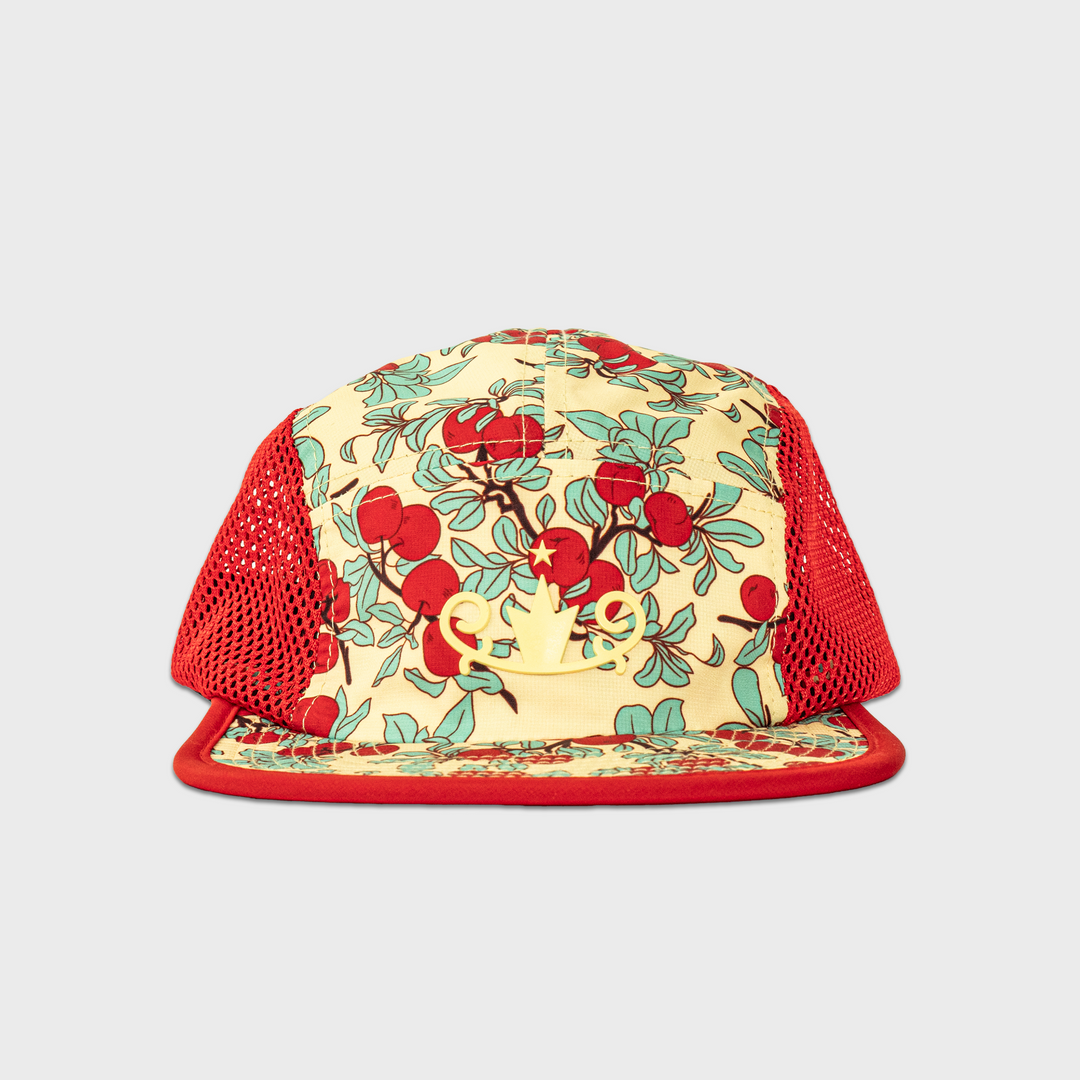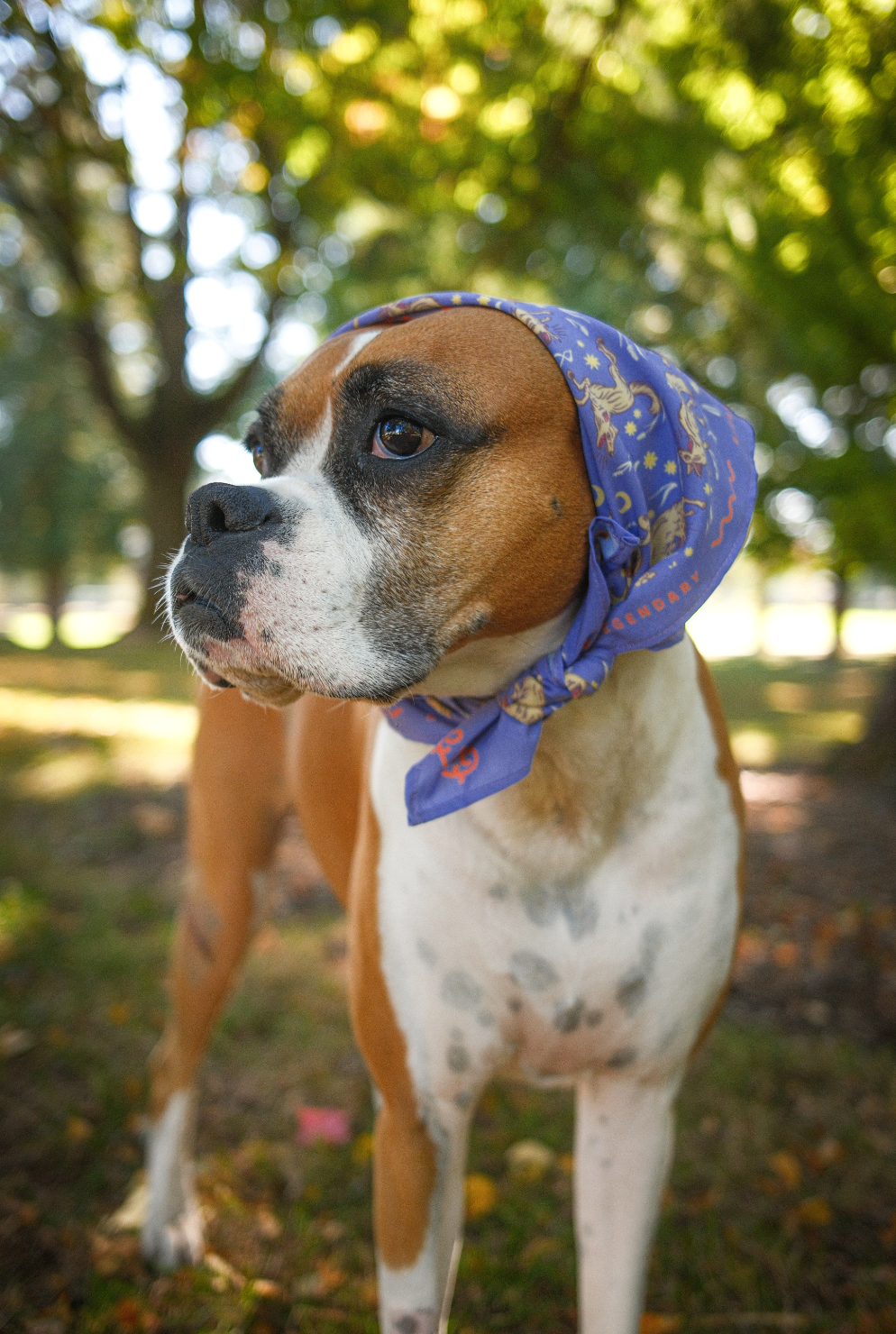LEPRECHAUN
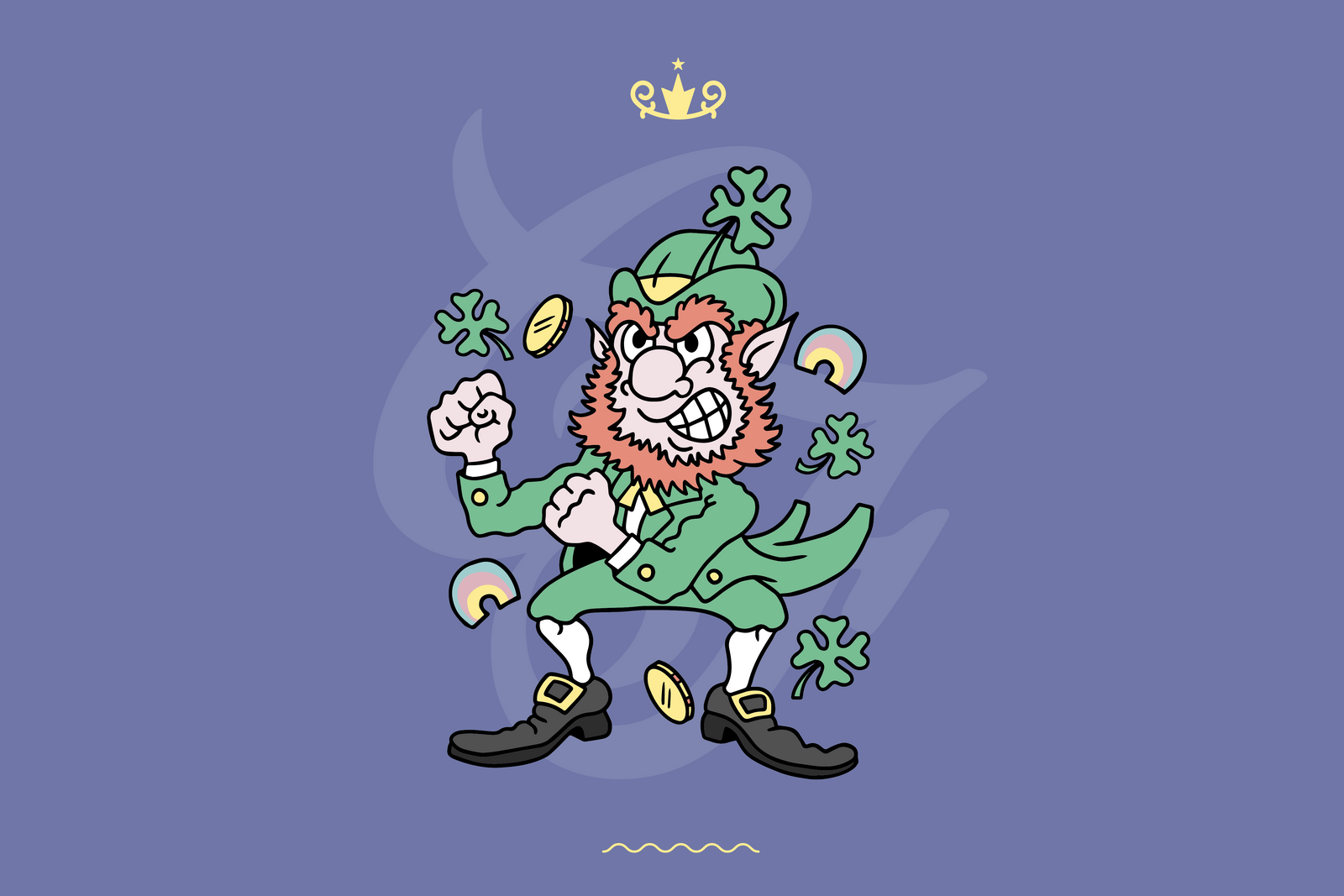
In the age of PC culture and empathy, one group thankfully remains fair game to shit on: the Irish. Long have we maligned and stereotyped the lovable lads from the land of Eyre as beatniks, drunkards, hoodlums, billy-club-toting policemen, ginger freaks, or potato-eating scum. But no characterization is perhaps more colorful than the leprechaun. By the way, if you’re Irish, please send your hate mail to hello@wearfolklord.com.
This is all of course in jest, but it more broadly speaks to the resilience and enduring nature of the Irish people and culture. According to legend, leprechauns are tiny and mischievous old men known for their red beards and emerald attire. Typically portrayed as cobblers with a love of gold, mythology often follows folks on wild goose chases to catch the little guys. Because if you manage to, the leprechaun must grant you three wishes in exchange for his release. Easy peasy, right? Wrong! Leprechauns are super clever and tricky, so good luck with all that (pun intended).
Most commonly, the meaning given to the root words of the name are the Latin “lú” or “laghu” meaning small and “corp” meaning body. Different parts of Ireland had different names for the creatures, but they all more or less derived from there. Furthermore, Celtic God Lugh was the powerful hero of myriad folk tales and was said to have morphed himself into a diminutive creature. Coincidentally, this happened right around the advent of Christianity, which might have been symbolism for Lugh (and the Irish) trying to avoid persecution for their beliefs while retaining some (small) connection to them.
As for the garb, traditional Irish stories told of leprechauns wearing red coats, as was a customary color for solitary mythical beings. Fairies, who lived in groups, wore green. Yeats theorized that perhaps as time went on, leprechauns switched up their wardrobe to align more with Ireland’s national colors. Interestingly, since the 1600s, their clothing also adapted to reflect that of Irish immigrants coming to America. Of course in fashion, one day you’re in and the next, you’re out, so they had to keep up with the times.
When the Irish brought their St. Patrick’s Day to America—originally a holy day honoring their patron Saint who hated snakes more than Indiana Jones—it was a celebration of Catholicism. However, over time, it evolved into a celebration of national heritage, conflating many Irish traditions, including leprechauns. The leprechaun remains a beloved symbol of Ireland whose characteristics have been softened and ameliorated over time. And that’s what folklore does: it gives people an identity to cling to; it gives people something to celebrate; it gives people an entry point for camaraderie. But more importantly it gives Americans another excuse to drink and run races.
See you out there.





